Charles City: Ready to boost age-friendliness and livability?
By Bob Steenson, bsteenson@charlescitypress.com
What are some of the priorities for a “livable community”?
Ranked in order, according to a group of people at a public forum held in Charles City this week, the top choices are the ability to:
1) Live safely and comfortably.
2) Find the services they need.
3) Get around without a car.
4) Buy healthy food.
The forum was organized by Iowa AARP as one of the first steps in helping Charles City become the second “age-friendly community” in Iowa, after Des Moines, and the first rural age-friendly community in the state.
The designation would make it part of AARP’s age-friendly network, affiliated with the World Health Organization (WHO) and able to share the resources and collected knowledge of that network.
Brad Anderson, the AARP state director who moderated the forum, emphasized that his group’s involvement did not mean that the initiative is directed at only older people.
“Age-friendly doesn’t mean just seniors,” he said. “Age friendly means age friendly. It’s friendly to 8 years old; it’s friendly to 80 years old.”
He said safe streets, affordable housing, accessible public transportation and recreational opportunities are important to people of all ages, even if different age groups approach them in different ways.
AARP is a U.S.-based interest group with the mission of “empowering people to choose how they live as they age,” according to the organization’s website.
Anderson said AARP has 370,000 members in Iowa and more than 400 in Charles City.
He said AARP has been working with WHO since 2012 to build the age-friendly network, and while some states have yet to get an age-friendly community, other states have embraced the idea. Maine, for example, he said, has 50 age-friendly cities.
“Why Charles City?” Anderson said the audience was probably wondering. One of the main reasons is that former longtime Mayor Jim Erb was aware of the program and he called Anderson up and asked, “Why not Charles City?”
“Jim called and he said, ‘I want Charles City to be a destination for retirees,’” Anderson said. “He came at this issue with, I think, a pretty good lens, that it was an opportunity rather than something you have to watch out for.”
The reality, in Iowa more than in some other states, and in rural areas in Iowa more than in the bigger cities, is that the population is averaging older, Anderson said.
The median age in most Iowa counties is already well over 43, he said. By the year 2035 it is projected that there will be more people over age 65 living in the United States than people under the age of 18, and that’s happening much faster in rural areas.
“A 10-year-old today has a 50 percent chance of living to be 100,” he said. “Think of that — one out of every two 10-year-olds living today is going to live to be 100. That statistic is something we should all keep in the back of our heads as we’re talking about making Charles City the first rural age-friendly community in Iowa.”
Many people are staying active and healthier much longer in life, Anderson said, and 51 cents of every dollar is spent by people age 50 and older.
“I would love to take some of the AARP members in Des Moines to your whitewater course. First of all, we don’t have anything like it, and second, this is the kind of stuff they like to do,” he said.
“They are just approaching getting older differently, and it really is an opportunity for your community to embrace that as opposed to looking at that as a challenge,” he said. “Think about projects and strategies, and think about it not just for seniors, but for everybody. That’s what we mean by being age-friendly.”
The purpose of the age-friendly network is to help communities that are planning to be more livable and looking for projects, to share resources.
For just about any problem a community encounters, or any project a community wants to start, chances are some other community in the network has already gone through that and can offer advice and help, Anderson said.
Another speaker at the meeting, John Peterson, has at various times been the director of community development, the planning and building director and the assistant city manager in Ankeny as that community exploded in population.
Peterson now runs his own planning strategies firm and is a volunteer with AARP, and he talked about developing cities that are capable of providing needed services to people of all ages, and to developing systems that will change with people as they age.
People want to stay in their own home as long as they can, and that may mean building or remodeling so that home can transition with the owners, but also so that it’s still appealing to younger people when the older people are gone.
“Think about Charles City and what it looks like,” Peterson said. “What about health care and how easy it is to access that? Is there a park I can get to to enjoy the benefits of outdoors, and think about the benefits of parks as stress relief and activity and the exercise you can get in parks.
“In grocery stores are there healthy choices. Are the streets well lit? Are there sidewalks that feel safe? When you come up to an intersection do you feel like you own it or does the car own it? Can you get across the street safely? Do the traffic signals give you enough time to cross comfortably?”
Anderson said the process of developing into an age-friendly community takes about five years.
First is enrollment, and that would require action by city leaders asking to join the age-friendly network.
The first year AARP would help conduct a survey and hold listening sessions to see what the community wants and needs. The next year would be creating an action plan, and years three through five would be implementation.
In about the fifth year AARP and the community would look at progress, do a status update and decide what to tackle next.
Becoming an age-friendly community is something that would be expected to guide the community’s development going forward, Anderson said.
“The benefit Charles City has is, they can pretty easily join the network because they have so much going on in the community right now. It really is a matter of looking for specific projects where we could even further move the needle,” he said.
“Charles City is just the perfect anchor rural community to really kick things off for the network.”

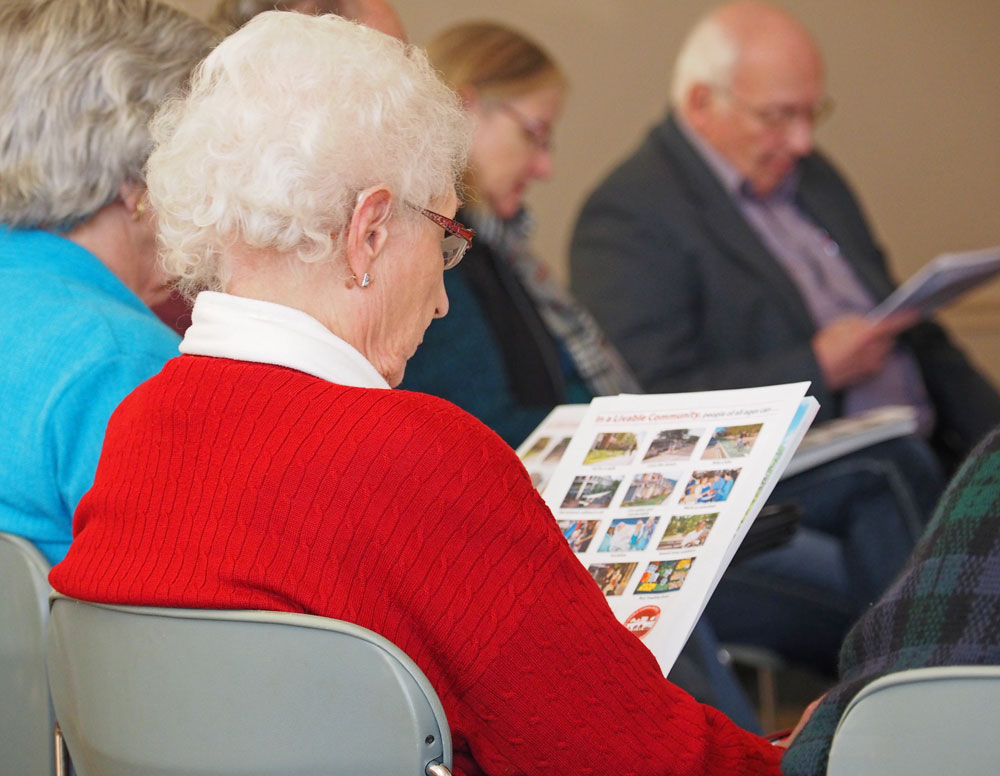
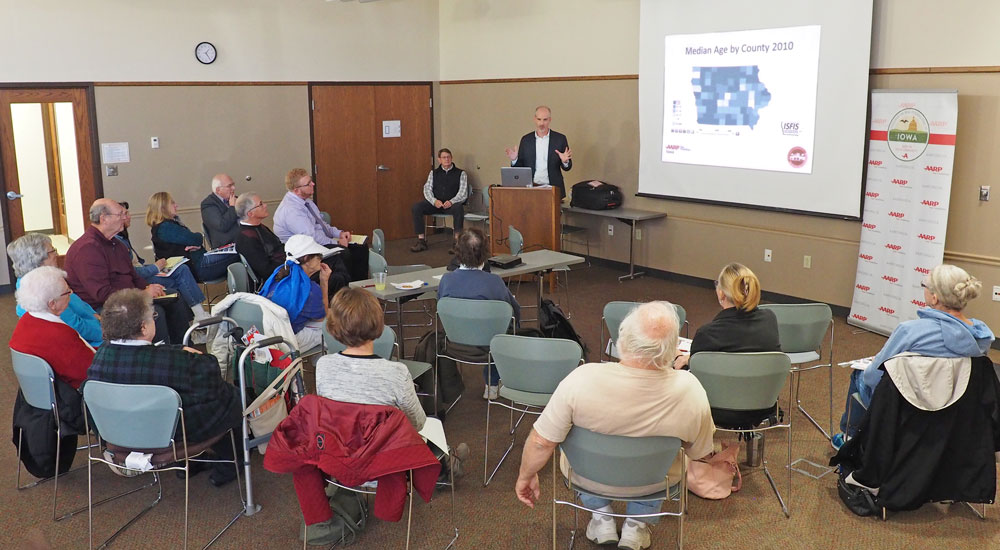
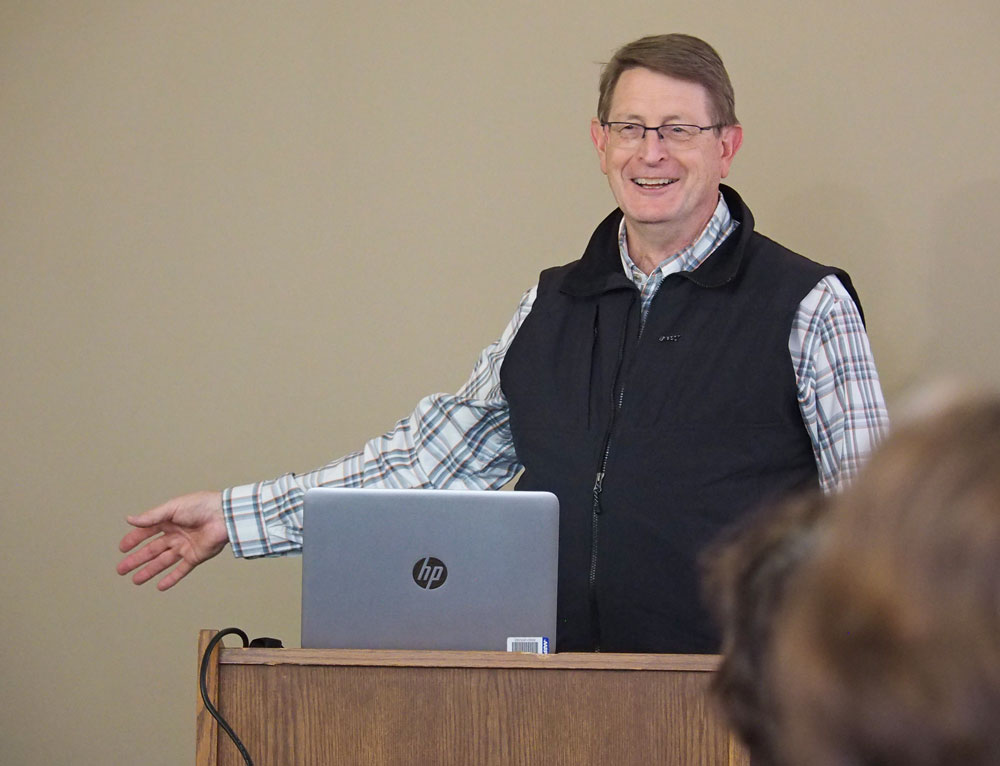

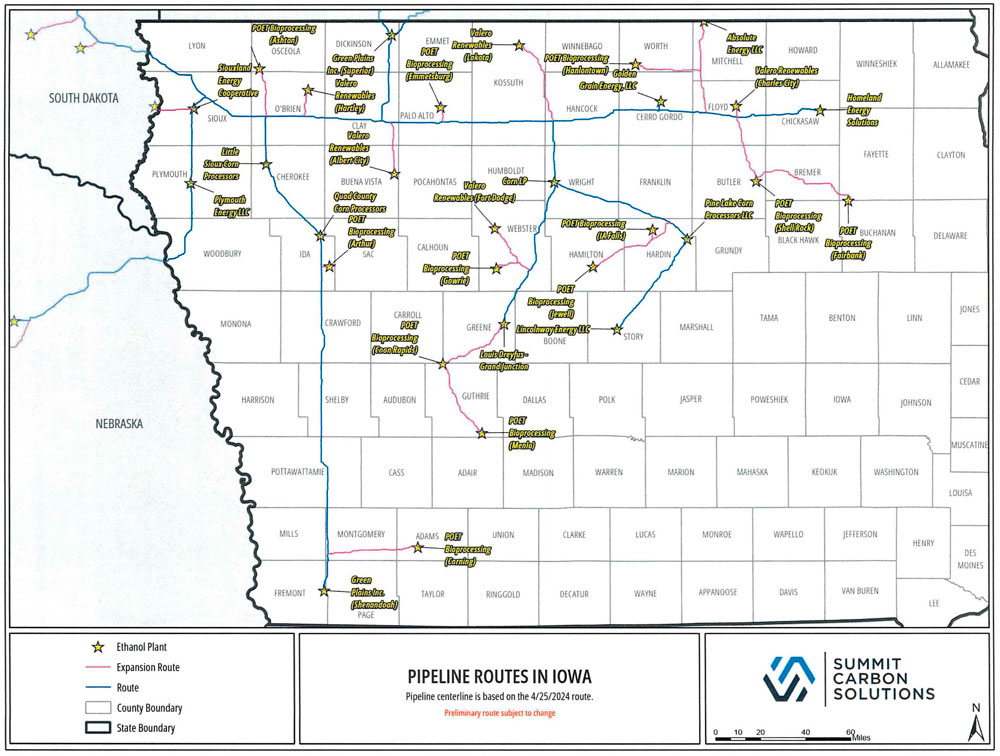
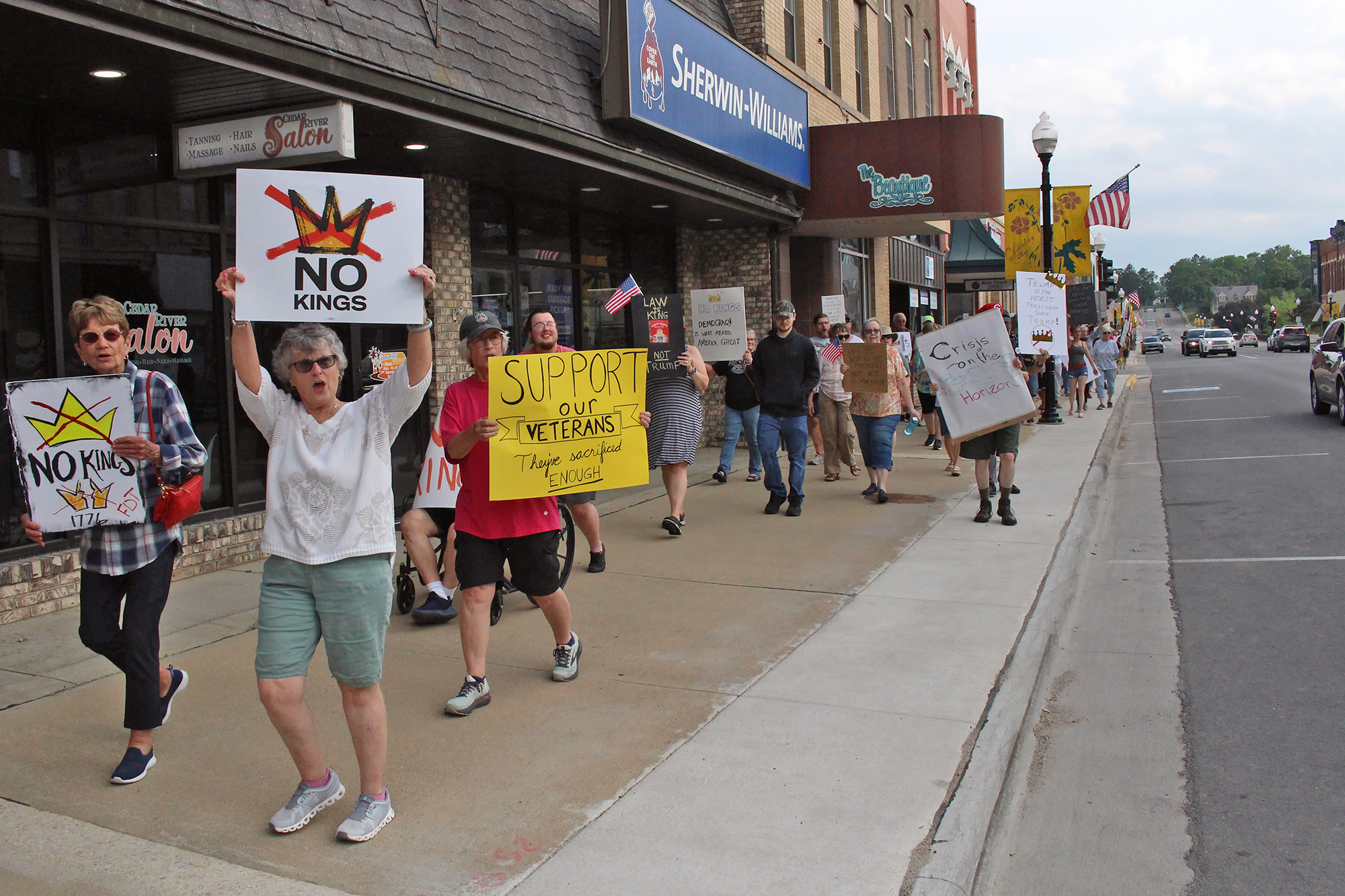
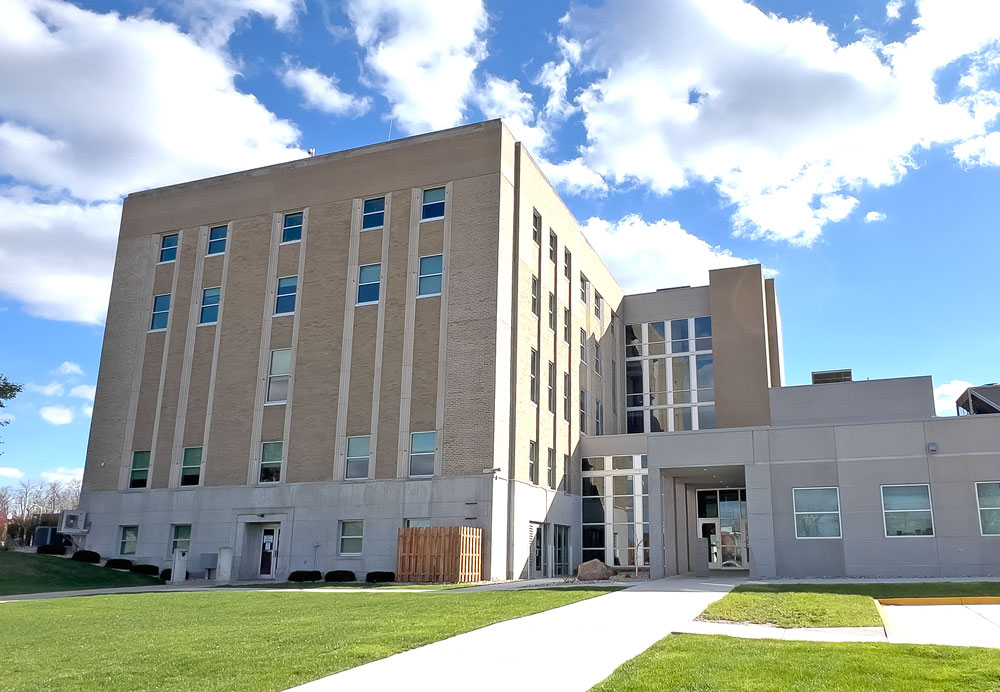
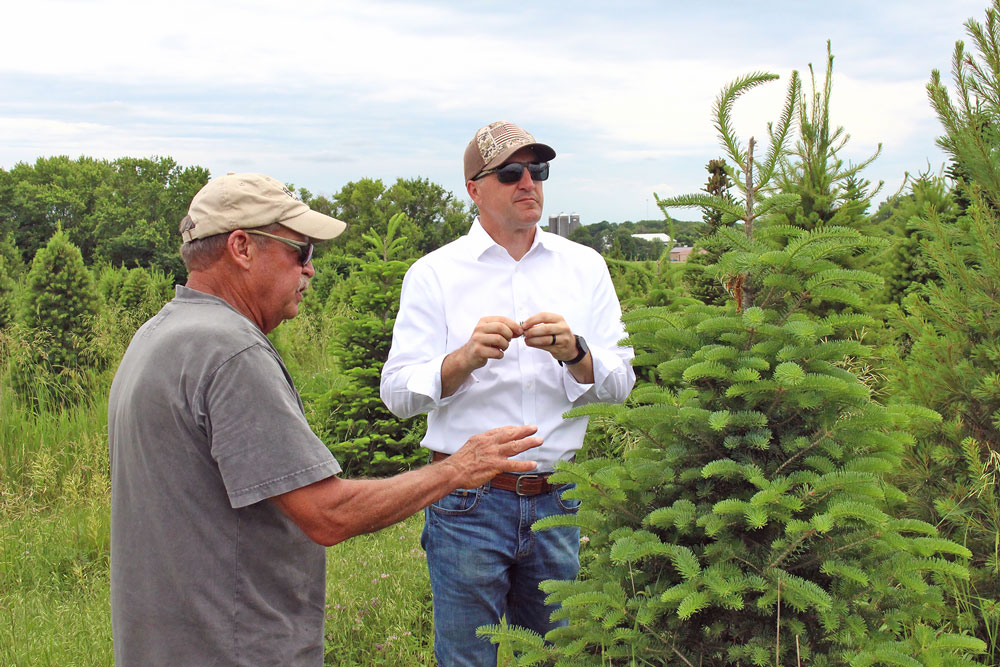
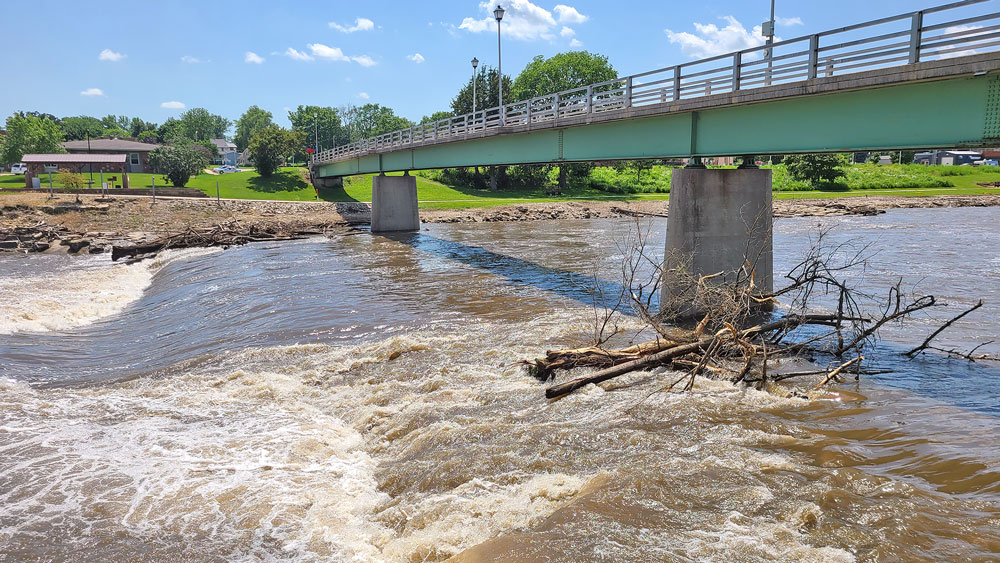


Social Share